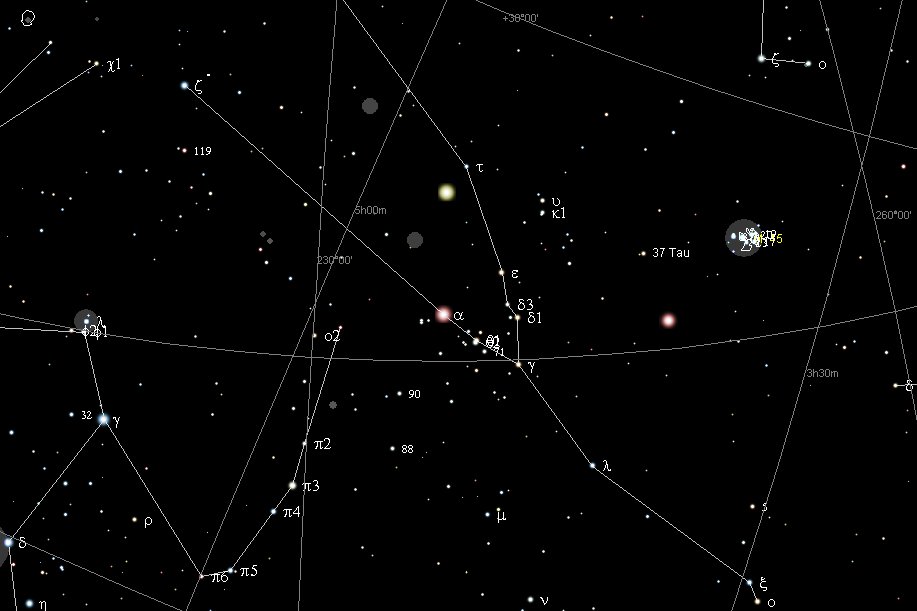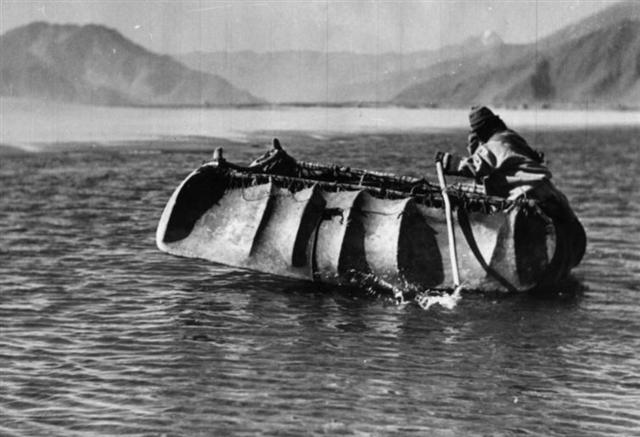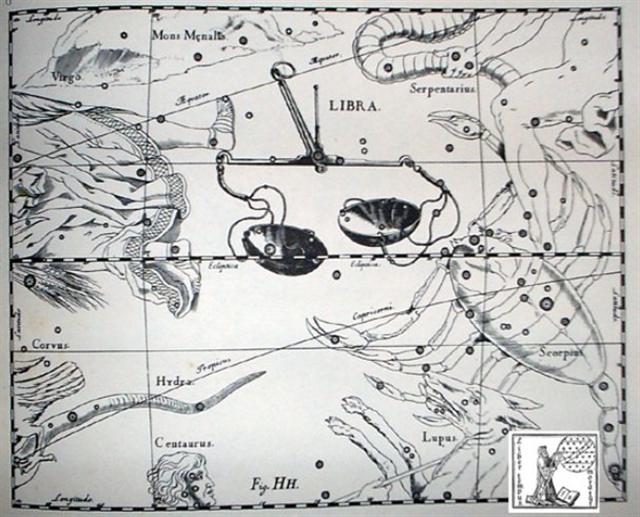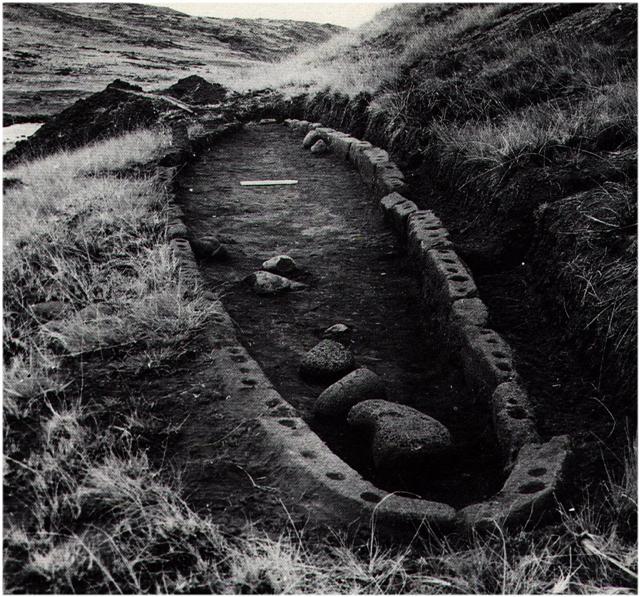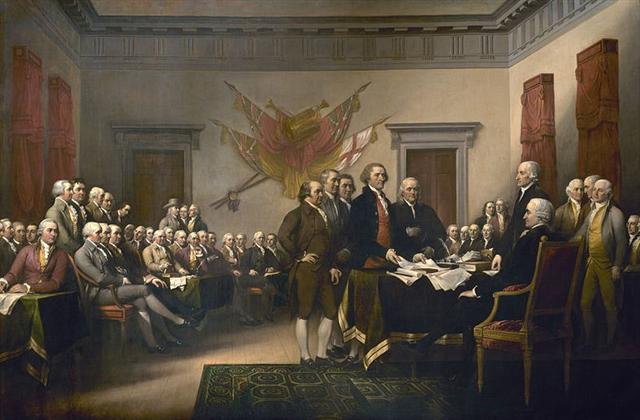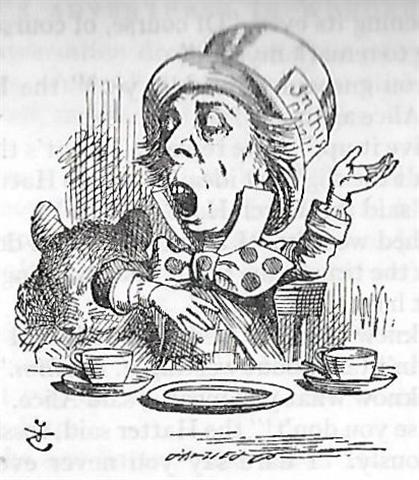175. When the Sun disappeares down at the horizon in the west he must then carry on and move ahead at the other side of the earth, below our feet, in order to be able to rise at the horizon in the east in the next morning, fresh as dew.
This resembles how Mars beyond November 6 had to change direction, creating a Curve, ... Everywhere, the dream soul looked around for a residence for the king. The dream soul went to Maunga Teatea and gave him the name 'Maunga Teatea A Hau Maka O Hiva.' The dream soul of Hau Maka looked around. From Maunga Teatea she looked to Rangi Meamea (i.e., Ovahe).The dream soul spoke the following: 'There it is - ho! - the place - ho! - for the king - ho! - to live (there in the future), for this is (indeed) Rangi Meamea'. The drem soul descended and came to Mahatua. She named the place 'Mahatua A Hau Maka O Hiva.' The dream soul continued to look around for a residence for the king. Having reached Taharoa, she named the place 'Taharoa A Hau Maka O Hiva.' The dream soul moved along and reached Hanga Hoonu. She named the place 'Hanga Hoonu A Hau Maka O Hiva.' The dream soul came to Rangi Meamea and looked around searching. The dream soul spoke: 'Here at last is level land where the king can live.' She named the place 'Rangi Meamea A Hau Maka O Hiva.' The mountain she named 'Peke Tau O Hiti A Hau Maka O Hiva.' The dream soul moved along a curve from Peke Tau O Hiti to the mountain Hau Epa, which she named 'Maunga Hau Epa A Hau Maka O Hiva.' The dream soul moved along a curve from Peke Tau O Hiti to the mountain Hau Epa, which she named 'Maunga Hau Epa A Hau Maka O Hiva.' The dream soul went to the other side of the mountain Hau Epa. As soon as the dream soul looked around, she saw the sand (beach), which was very white and light. She remained there and explored everything .... [E:10]
... Curved Bay [hanga piko], the house where the bird beats (the rhythm), that is, where a certain chant is being recited, Ana Onoono (a cave well-suited as an overnight shelter), Pu Ngotangota (a coastal formation where seawater is allowed to flow in and out). 'Yours is the morning shadow' [ata popohanga toou] refers to an area in Ata Hero where the house of Ricardo Hero is now located. 'Yours is the evening shadow' [ata ahiahi toou] belongs to a 'turtle' [honu]. 'Apina Nui A Papa Nihoniho A Vere Nuanua A Papa O Rae' was the neck [te ngao] of the figure of Hinariru ... [E:46]
in order to move back towards the place of his birth, viz. to the constellation of the Bull:  ... The Mahabharata insists on six as the number of the Pleiades as well as of the mothers of Skanda and gives a very broad and wild description of the birth and the installation of Kartikeya 'by the assembled gods ... as their generalissimo', which is shattering, somehow, driving home how little one understands as yet. The least which can be said, assuredly: Mars was 'installed' during a more or less close conjunction of all planets; in Mbh. 9.45 (p. 133) it is stressed that the powerful gods assembled 'all poured water upon Skanda, even as the gods had poured water on the head of Varuna, the lord of waters, for investing him with dominion'. And this 'investiture' took place at the beginning of the Krita Yuga, the Golden Age ... Like the Sun moving below the Earth towards his birthplace in the east - apparently withershins as regarded from a point up on the face of the Earth - so the retrograde movement of Mars was only apparent. In reality the movement of the Sun and the movement of Mars continued on as usual.  For the planet Mars a return to normal was indicated at January 20, which was 365 - 310 + 20 = 75 days after November 6. His apparent retrograde movement thus covered 75 days → 80 + 210 + 75 = 365. Gb5-7 (131) + 75 = 206 (Gb7-25 → 72 * 5 = 360 → Gb5-7):
A Curve is visualized in Gb7-24, at the north pole star Polaris:
The idea of a Curve could have been derived from the
form of the human ribcage:
... It is
certainly true that the exterior form of the hare
paenga, when the superstructure and thatch are
intact, resembles an overturned boat, with the form
established by the foundation. However, it is
equally true (and perhaps equally important) that
the configuration of the foundation is otherwise
most like the Rapa Nui vulva design called
komari. The komari is the quintessential
female symbol which is everywhere prominent in
Rapa Nui art, often carved in rock and wood,
incised on human crania, and painted on the human
body. In the hare paenga foundation form, the
komari is cut in stone and embedded in the
earth, the cosmologically female realm.
Spanning above, over and
virtually into this komari foundation is the
ridgepole 'backbone' and
curved rafter
'ribs' of what I surmise to be a symbolically
male form. In short, we have a shelter which may be
metaphorically understood as 'the sky father
enclosing his progeny as he embraces the earth'.
Those progeny entered and departed this male/female,
earth/sky form through a low, dark tunnel which may
be logically compared to the birth canal 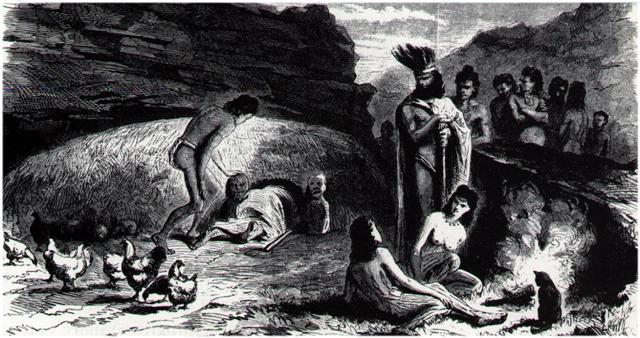 This postulated symbolism does not, of course, negate the 'overturned boat' comparison, since Polynesian canoes were often likened to the bodies of great ancestors or to Tane as First Man. The canoe which transported the first exploratory voyage to Rapa Nui was said to have been called The Living Wood, a reference to Tane. Indeed, it is likely that the 'overturned boat' concept and its relationship to home, hearth and lineage, which is so graphically visible, was commonly understood (hence its retention in the oral literature), while the more esoteric godly connections, perhaps along the lines of those explored here, were known only by spiritual leaders ...
... God created Eve from one of Adam's ribs and therefore I at first tried to translate the female (β) star name Al Sharas with The Rib. Although according to Allen this star was plural: '... β ... was one of Al Tizini's Al Sharāsīf, the Ribs, - i.e. of the Hydra, - and the first of the set.' Adam had, as I remember it, another wife before Eve, viz. Lilith ...
'Twinkle, twinkle, little bat!' // How I wonder what you're at!' |
|||||||||||||||||||||||||||||||||||||||||||||||||||||||||||||||||||||||||||||||||||||||||||||||||||||||||||||||||||||||||||||||||||||||||||||||||||||||||||||||||||||||||||||||||||||||||||||||||||||||||||||||||||||||||||||||||||||||||||||||||||||||||||||||||||||||||||||||||||||||||||||||||||||||||||||||||||||||||||||||||








